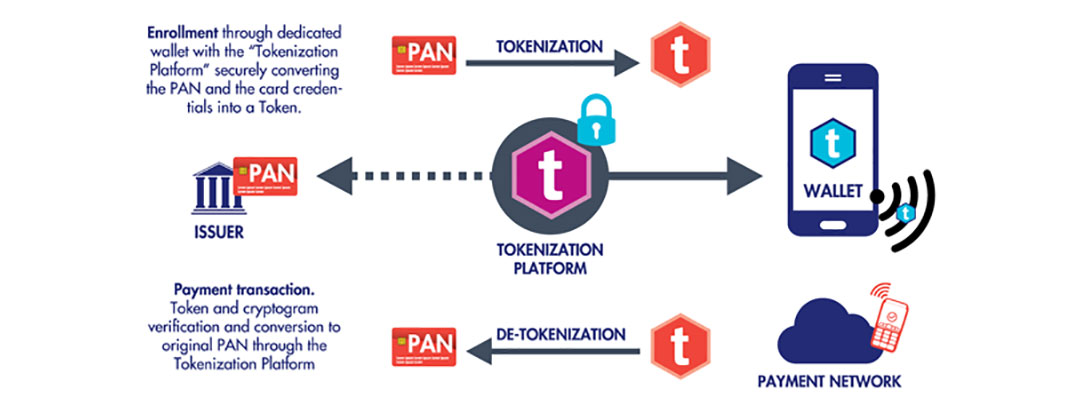
- #A high capacity transaction processing system manual#
- #A high capacity transaction processing system software#
- #A high capacity transaction processing system Offline#
Involves using terminal or workstation to enter data and display results and a large number of users to simultaneously perform transactions. Provides instant confirmation yet requires access to online database.

RTTP is the immediate processing of data. The customers may view their credit card transactions a real-time but the actual updating is batch. In POS terminal sales the transactions are stored for processing later. In a credit slip system the retailer sends credit slips to the bank as a group. CREDIT CARD TRANSACTIONS- Credit cards have become a method of paying for goods and services.Usually generate a group of bills at a scheduled time as this enables the user to effectively mange time and results in less disruption to main database. BILL GENERATION- Organisations develop a bill or invoice of services or products supplied to a customer.This involves checking the that the cheque writer has enough money in their account to cover it usually taking 3 working days in which cheques are cleared in a group during a quiet period of the day. When one is issued to a person they deposit it into a bank account yet the money cannot be withdrawn until the cheque is cleared. CHEQUE CLEARANCE- A cheque is a written order asking the bank to pay an amount of money to a particular person.Three disadvantages are the transactions must wait for processing as schedule is predetermined, errors cannot be corrected during processing and sorting transaction data is expensive and time consuming. Carried out in large organisations using mainframe or midrange computers. Batch approach is used for generating pay cheques etc.
#A high capacity transaction processing system Offline#
Collected and stored offline using magnetic tape or paper. Large volumes have lower processing costs. Processed when convenient or economical to do so. Resources Behaviours Types of Transaction Processing Systems Batch Transaction ProcessingīTP collects the transaction data as a group and processes it later after time delay as batches of identical data. People From The Environment: These are people who do not directly work for the company but people off the street who sometimes require the services of a TPS as they enter transactions and validate data such as a customer withdrawing money from an ATM. They include data entry operators, customer service operators, people working at checkouts and anyone carrying out the tasks required to process the data. These are the people who will enter the data. Participants: Participants are direct users of the system. The information they provide from the TPS may be used to provide inputs for other information systems such as stock control, marketing etc. They will use it to provide information information about the system but will not enter data themselves.

Users: The users are people employees of the company who own the TPS. People in a TPS can be divided into 3 categories: users, participants and people from the environment. Without people the system does not have customers and without customers it does not have a function to perform. The most important component of a TPS are people.
#A high capacity transaction processing system software#
The components of a TPS include hardware, software and people.

#A high capacity transaction processing system manual#



 0 kommentar(er)
0 kommentar(er)
